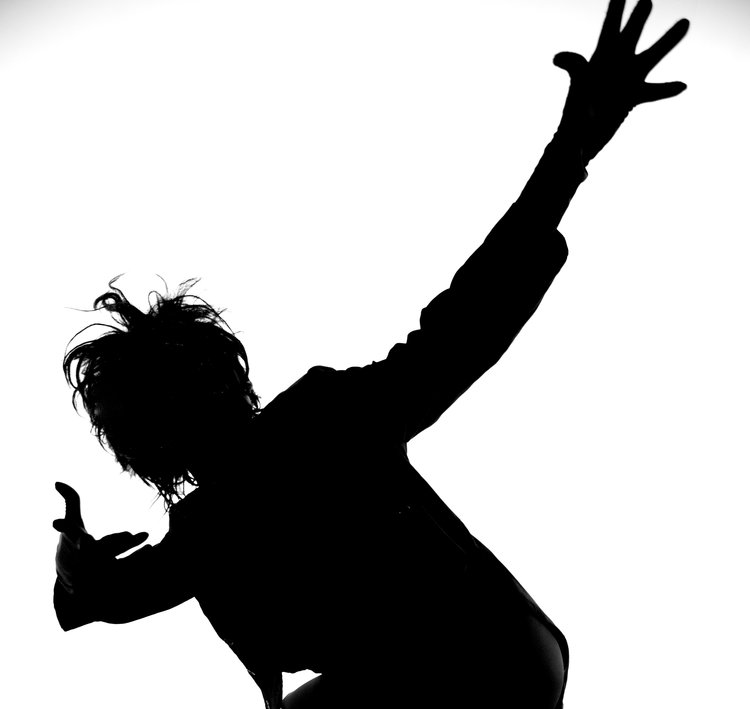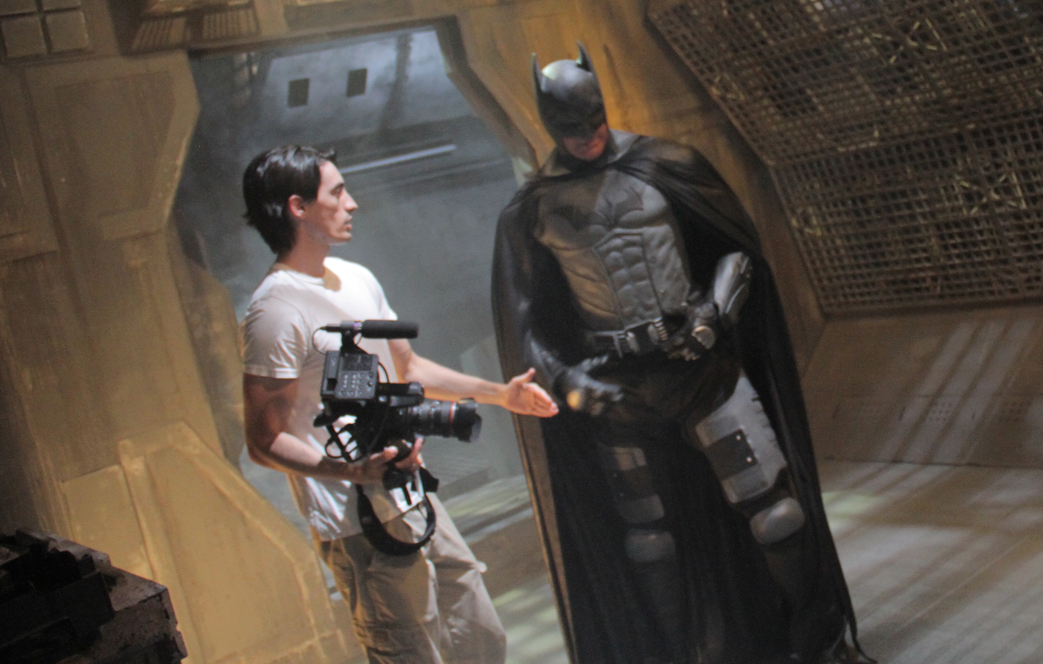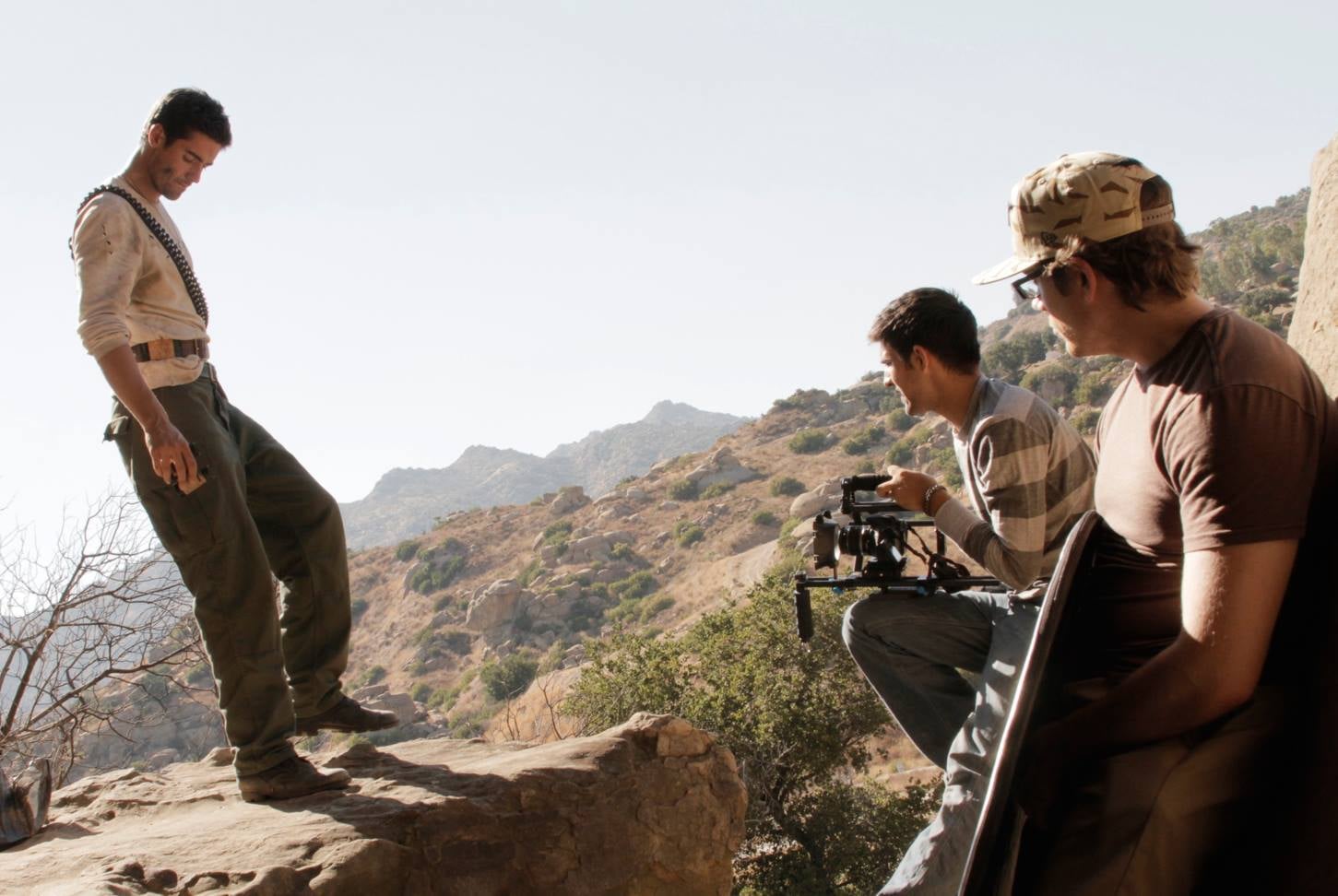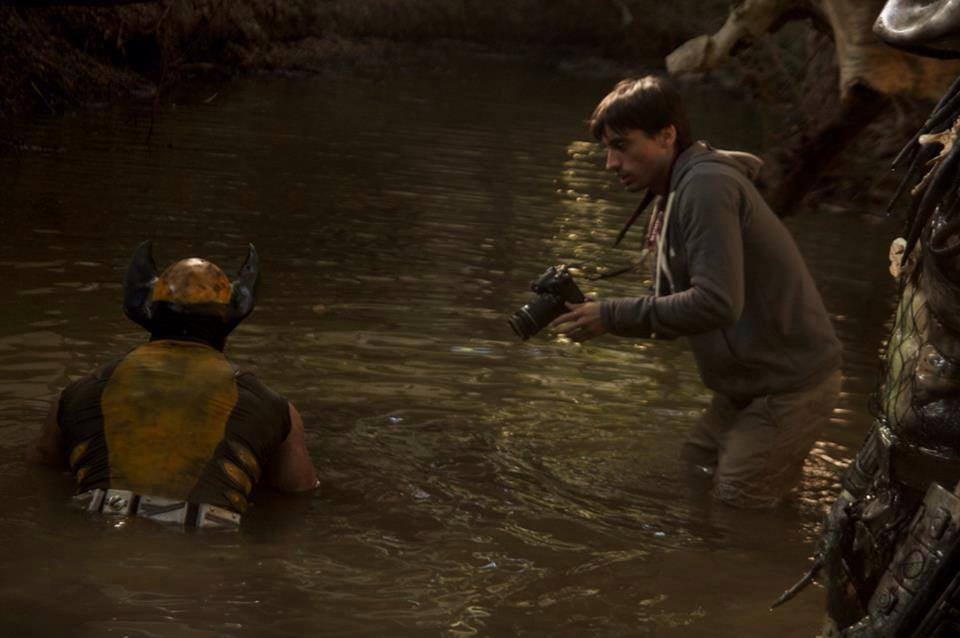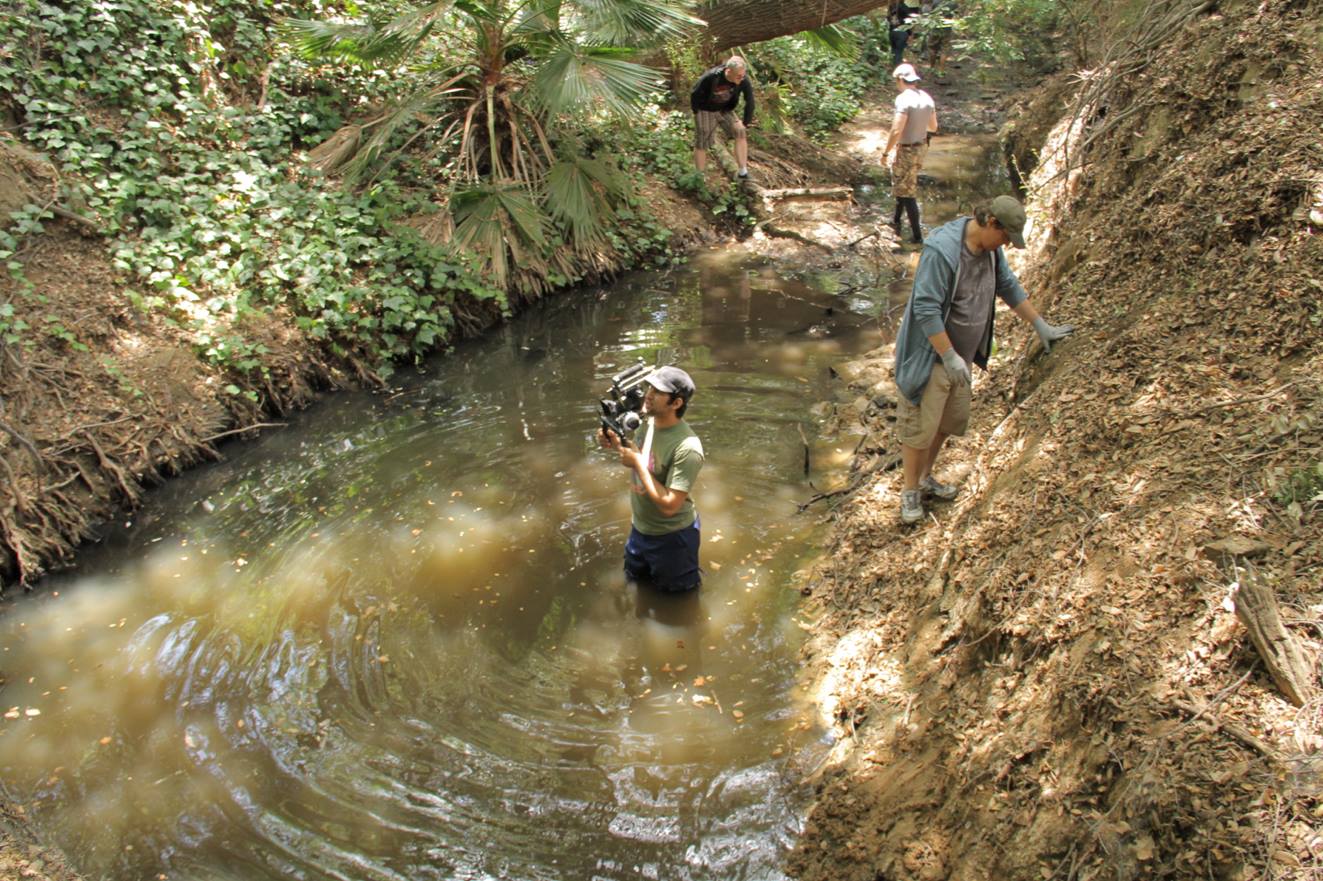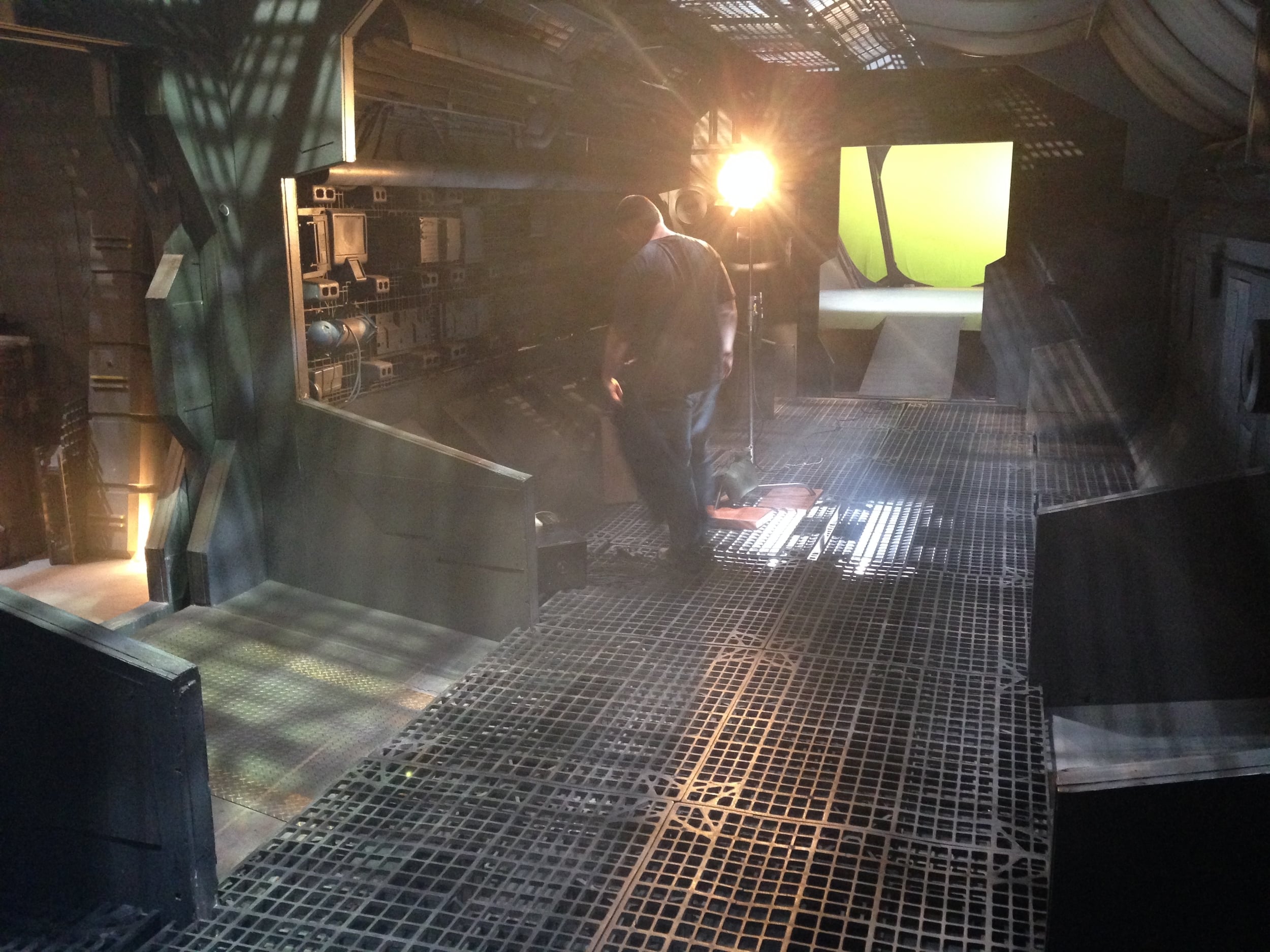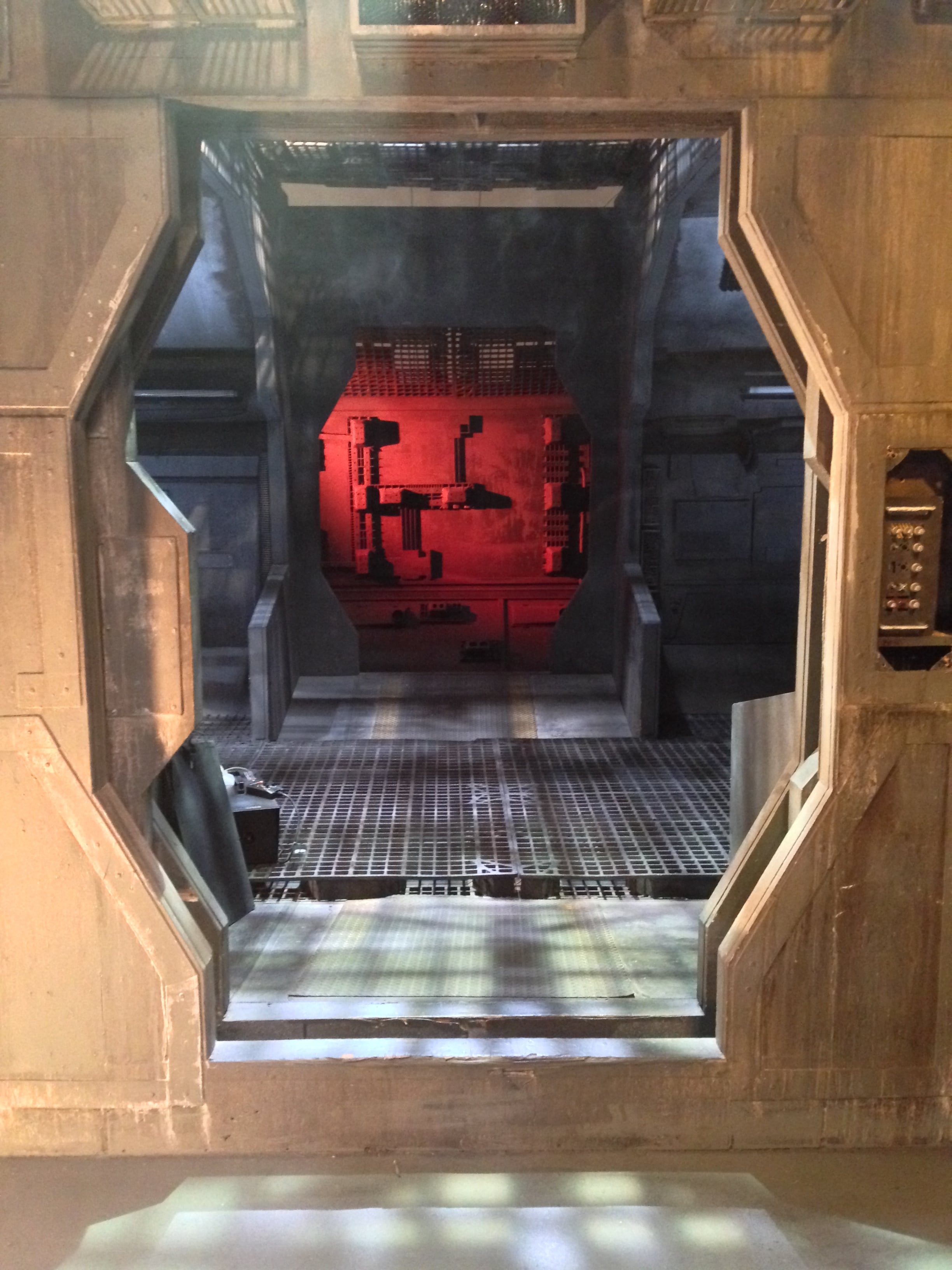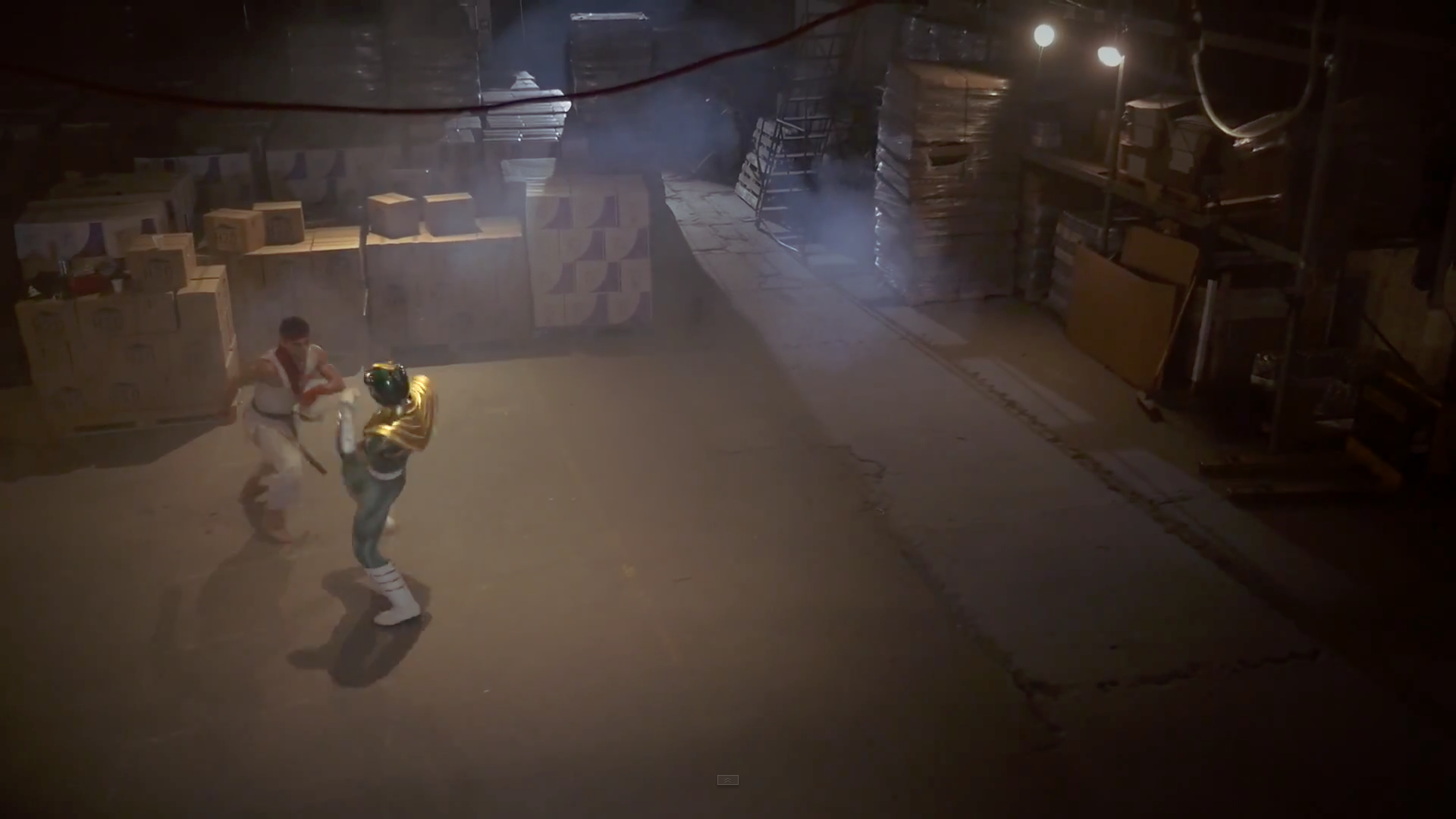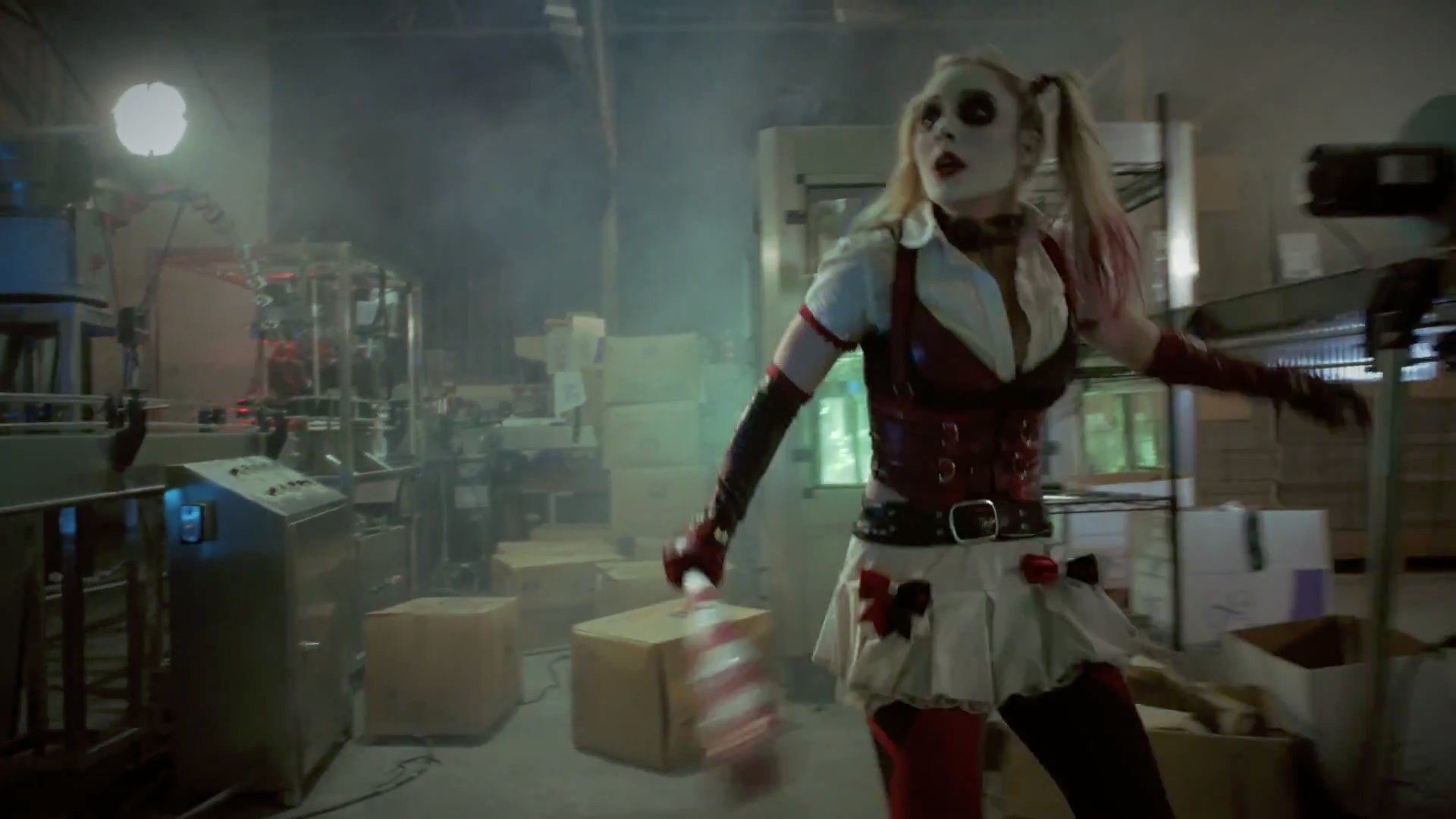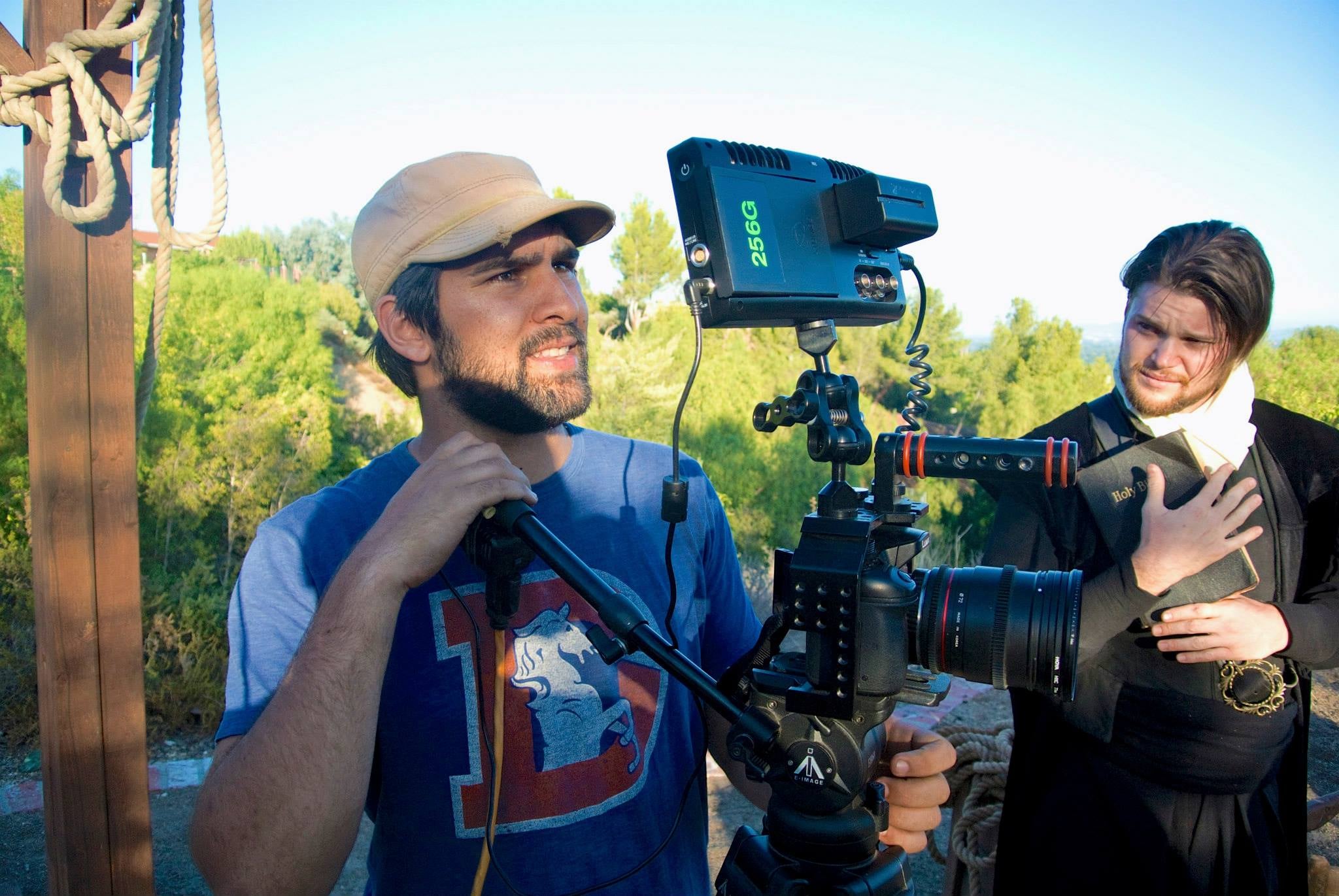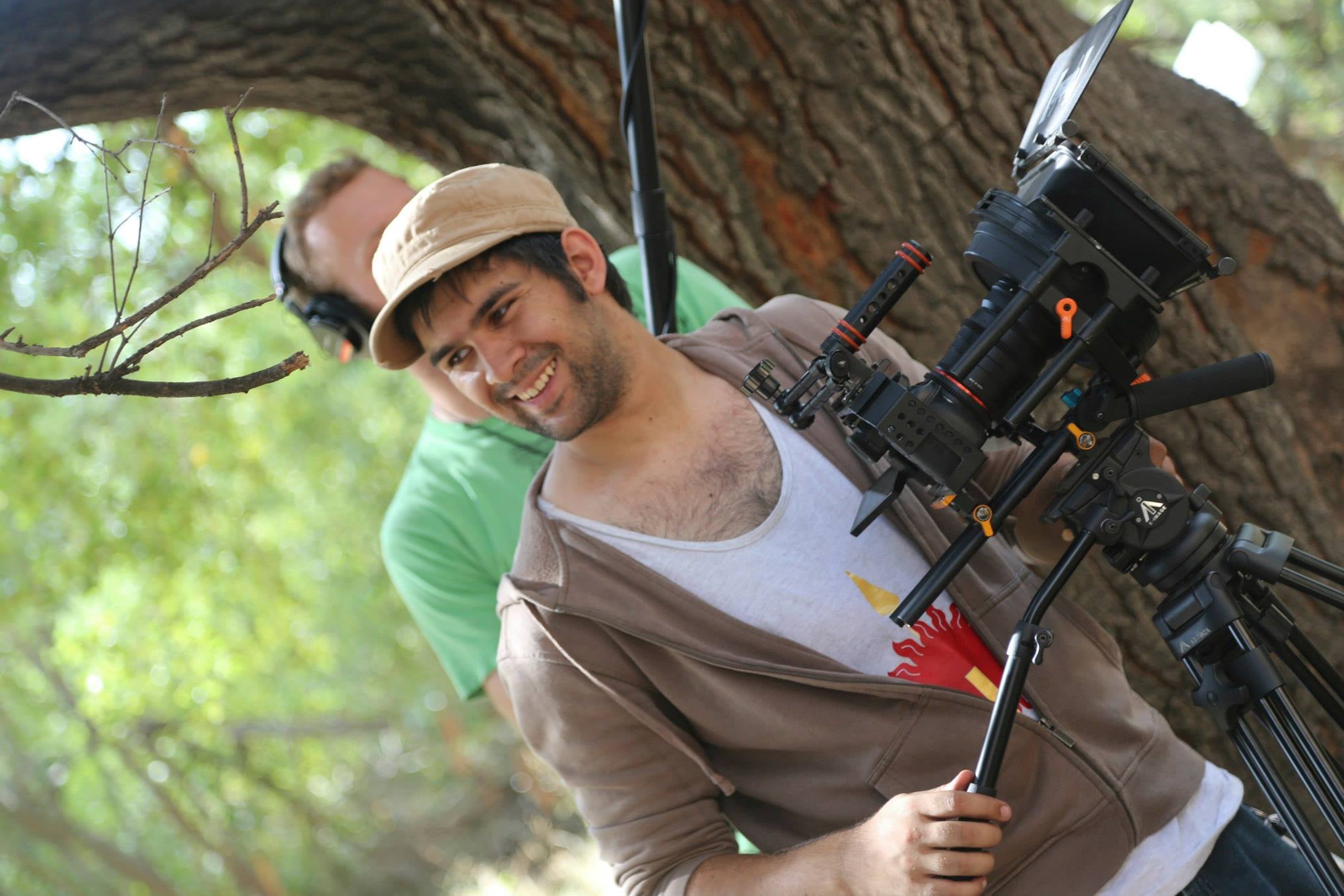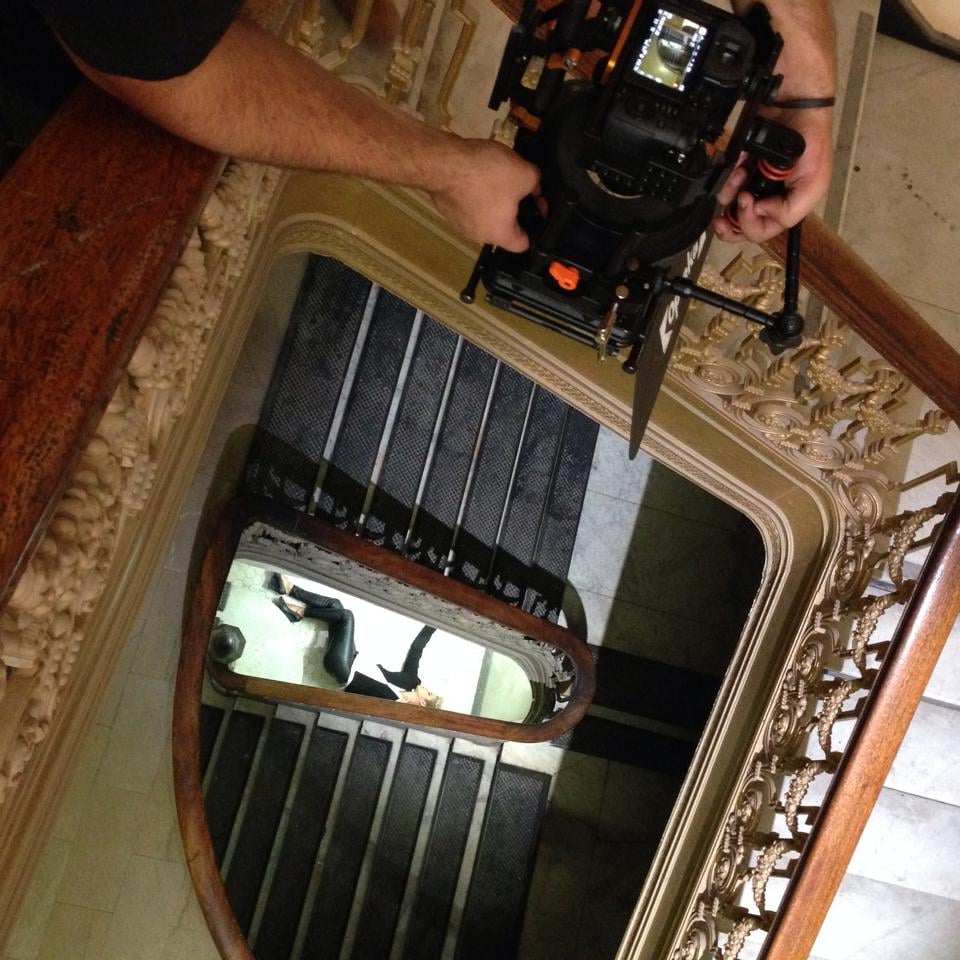Over 5 years ago I met Director Aaron Schoenke of Bat in the Sun. That weekend we shot for 3 days on a short film, in the rain, and we slept on his mother's floor to avoid spending money on a hotel. We ran around with 2 handheld DSLRs (one of which I'd "borrowed" from my school), lit scenes with work lamps and car headlights, and I drove home more tired than I've ever been (I literally drank a 5 hour energy and was asleep within 45min at the side of the road). over the next few years, Bat in the Sun grew very quickly, and Aaron, his dad Sean, and I have worked together on every project. Soon Aaron pitched the idea of Super Power Beat Down. For the 4 of you reading this that don't know what Super Power Beat Down is (I assume you are a friend of my mum's sent here by a proud Facebook update), it's a web series based around the idea of taking two existing characters of different IPs (Marvel vs DC, Power Rangers vs Star Wars) and showing who would win in a fight. The nerdy conversations that span from barstools to convention floors brought to life. Working with other people's Intellectual Property presents a big problem though: money. Because we don't own the rights, the budgets are super low, and with a constantly rising production value but minimal corresponding budget increase, the team at Bat in the Sun has gotten extremely creative.
Episode 14: Batman Vs Darth Vader
The Transformation
In the pilot, and before the show had found its true from, the show had more of a documentary style. There was almost no lighting on episode 1. Instead, we just went down to a friend's garage (which happened to have 2 Batmobiles in it), and we pointed a couple DSLRs at our hosts. From there though the show took shape. Aaron and I worked together on fight scenes, along with coordinator Shaun Piccinino and later Alvin Hsing, to work the cameras into the choreography. The fights weren't handheld to hide the misses, they were handheld to feel the hits. The camera was part of the world we were creating and that world was being hit by wizards, Sith lords, immortal mutants, and Superman himself, so yeah, it shook a little. One of the biggest stepping stones that helped us get to the current look of the show was our post team. Nikolay Zamkovoy created a visual language with the VFX which in turn informed the lighting and set design of the next episode. The colors and textures that Bryan Morton put into his gorgeous matte paintings gave us a beautiful world to build off of. Even though each episode had totally different characters, locations, and even world rules, we had found our groove.
The Gear
One of the most common questions asked about a low budget cinematic project on the web is "what did you shoot it with?". The real answer is, "it doesn't matter", and I hope this web series is a great example of that. 16 out of the 17 episodes released were shot with just 2 DSLRs. Episodes 1-13 were shot on a pair of Canon 7Ds, one with a kit 18-135, and episodes 15, 16, and 17 have been shot on the Lumix GH4, mainly for the slow-motion. Lighting came from a few bounce cards and work lights to begin with, and as we moved to more night based episodes, I started using a few Par cans, betweenies, and a cheapo 1x1 LED with the lowest CRI you could imagine. The biggest item we'd rent was a nice strong fog machine. When in doubt, fog it out. Not only were these the cameras and lights we used, but that's pretty much all we've used. No sliders, no dollies, no cranes, no follow focus, and 1 shot on a DJI Ronin in Ep 16. This whole production has been a masterclass in handheld operating for us, and I think Aaron could offer camera Tai Chi classes now.
The Movement
I've spoken a little bit about this already, but I do think movement is one of the most important parts of this show's look. Almost all the shots in Super Power Beat Down are handheld, and I mean in-the-hand handheld, not on the shoulder. This meant that we could really feel the actors movement and body language, and we could get in there with them for the fights. Now naturally, you'd imagine this would present some shaky shots, but we did 2 things to combat that.
- We used lenses no longer than a 35mm for most shots.
- We PRACTICED!
This style of shooting takes quite a bit of muscle memory, but with time, practice, and a calm, steady attitude, we got better and better at shooting handheld. We learned little things, like leaning when your feet are planted rather than stepping or letting the camera rest on your stomach or the brim of a hat as you operate. With larger cameras it certainly got harder. Aaron operated a C300 for Batman vs Darth Vader and we had to strip it down as much has possible for it to be comfortable. Just like the post team informed the style, the camera movement then informed the post team. For the lock off shots that we had to do, (and there were a LOT in some recent recent episodes) the same kind of same movement was added so that they blended seamlessly with the rest of the show.
The Rigs
While we never used cranes or sliders, we use some silly techniques to get the shots we needed. While following Predator though waist deep water, we occasionally had the camera on a surfboard for a dolly like effect. One of our most used rigs though was a lighting gag. Since our movement was so random, and since we recorded almost no on set sound, we utilized our boom op in the G/E department. A 100w work light on a long pole gave us a constant top light for characters like Batman and Darth Maul.
The Lighting
While Aaron, Sean, and I had plenty of experience working in the dark world of Gotham, this series brought us plenty of other worlds that we had to recreate. With halogen work lights and fixtures repurposed from a church that was closing, we lit each episode. For the INT. NIGHT. scenes (of which we had a lot) we'd mostly toplight our characters, partly to give a dynamic feel and partly to give the performers room to fight. We'd fill with a 1x1 LED which we'd reposition for each shot to get the right exposure on each face. We'd also create pools of light for the actors to find and usually throw some uplight or other accents on the walls to give depth. In certain scenes, like Batman v. Vader and Joker v. Deadpool, we'd take apart a 4 lamp Kino Flo to stick into the floors or in some piece of set dressing. Most of these scenes were shot at 4200K so that we could mix color temperatures and also so that we could reuse locations in different light (we used a warehouse at studio60 for Green Ranger v. Ryu, Joker v. Deadpool, Spiderman v. Darth Maul, and a Loot Crate Promo video).
For our exterior day shots we usually just use 2 grips holding silver bounce cards. Like the steady hands we developed for camera operating, our grip team got exceedingly good at tracking moving characters with a bounce. Exterior daylight shoots became our "bottle episodes", because we had no gear to rent, the shooting hours were easier, and we could hang out together as soon as we lost the sun. The lighting technique gets really simple: expose for the background and bounce the actor until their exposure matches.
Today, Bat in the Sun has 1.6 million Subscribers and over 200 million views. the Company is still shooting Super Power beat Down in our grass roots style, but we are also tackling larger projects and bringing our well practiced art to larger budget original content productions. For more info on the series, be sure to follow Bat in the Sun on Twitter, Facebook, and Instagram.
